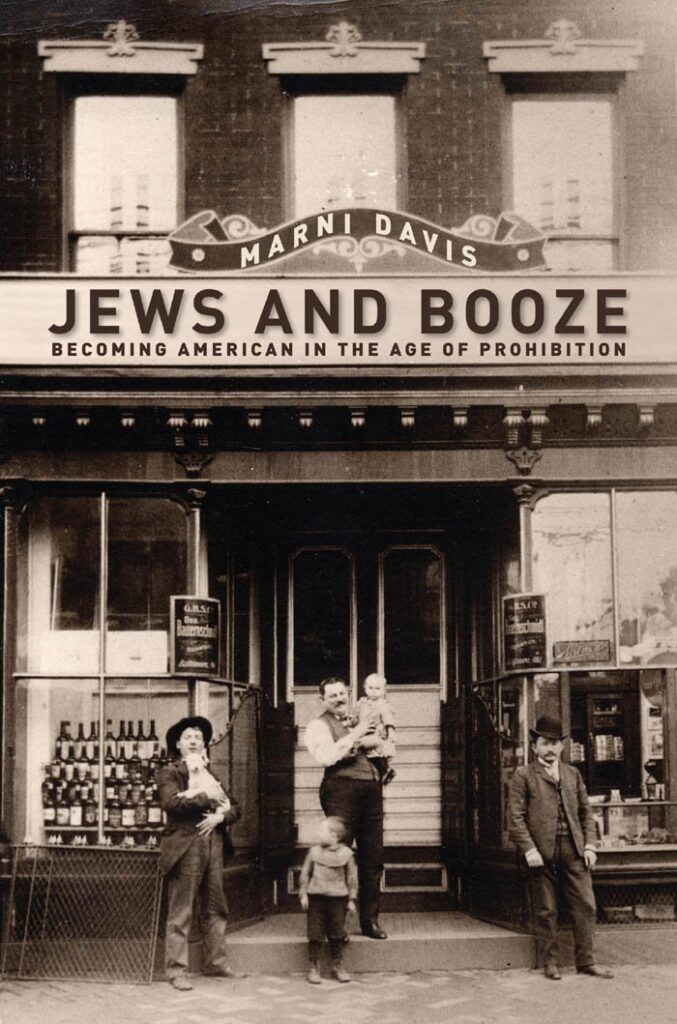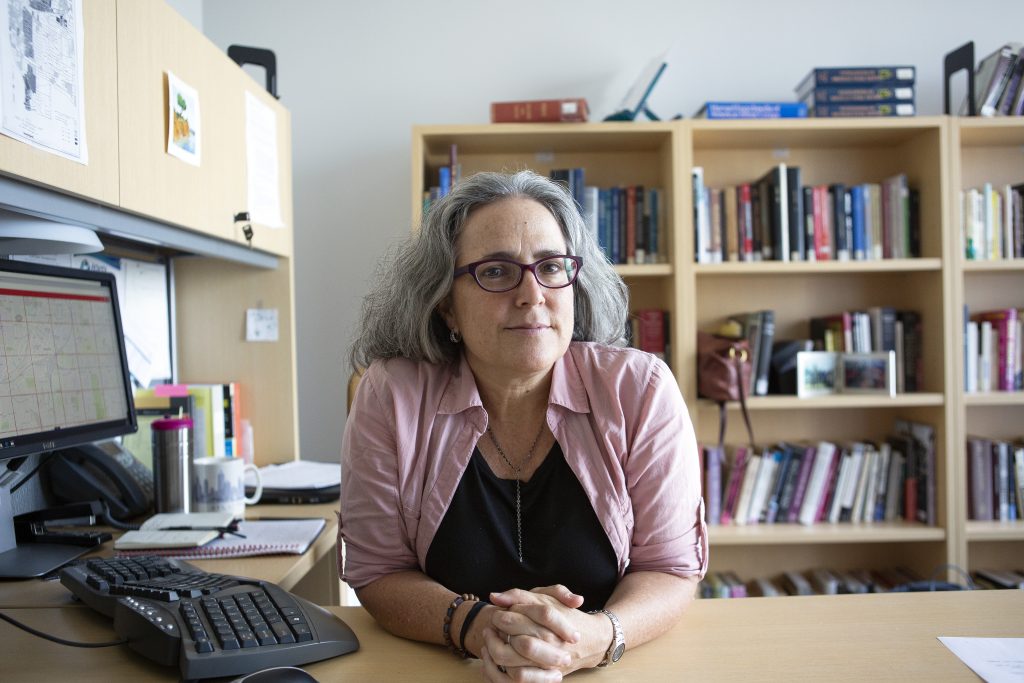
The 1920s is a decade in which an enormous amount of historians have contributed to the ongoing discussions surrounding the time period. While some praise the decade as a time of great accomplishment, progress and prosperity following World War I, others view the 1920s with criticism. As a historian, the 1920s can be analyzed through a lens of social, political, cultural and even religious perspectives; all leading to a clearer picture of what the so-called “roaring twenties” was actually like for all kinds of people.
In 2012 American historian of ethnicity and immigration in the United States, Marni Davis, wrote the book Jews and Booze: Becoming American in the Age of Prohibition. In her book Davis looks at how Jewish Americans engaged with Prohibition in the 1920s. She breaks down how the Jewish religious exemption worked in favor of immigrants as they became sources of a newly formed underground economy. Despite mass immigration and the industrial revolution that brought different ethnicities into urban centers like New York City, ethnic and religious minorities continued to face discrimination and alienation from white Americans in the 1920s. Jews in particular faced hurdles due to their religion, making it increasingly more difficult to fully assimilate into American society. In her work, Davis is able to capture the Jewish-American experience during the 1920s and paint a picture of what it was like for a religious group to travel upwards in social rank due to a legal loophole provided by their religion.
The idea of “becoming American” is not new in terms of the historiography of the 1920s, yet Davis is able to bring a novel perspective by connecting Jewish-Americans to prohibition and how the two actually worked together to provide a bath for assimilation. Although prohibition was not enforced specifically against Jews, Davis’s work showcases the ingenuity of Jewish immigrants during a dry period in American history. Davis pulls sources from historians of the 1920s, immigration and the anti-alcohol movement. In doing so, Jews and Booze offers a dynamic take on one of the paths taken by an immigrant group during this time to assimilate into the greater American society.

During the 21st century many historians began to analyze how immigration and women fit into the puzzle of the 1920s. Books such as At America’s Gates: Chinese Immigration During the Exclusion Era, 1882 – 1943 by Erika Lee and journal articles like “Nationalism, Immigration Control, and the Ethnoracial Remapping of America in the 1920s” written by Mae M. Ngai began to look at how different ethnic groups were experiencing American society during the decade. In doing so, historians and readers can better understand how Americanization occurred in the beginning of the 20th century, and what attributes or stereotypes associated with certain ethnicities stem from that group’s process of assimilation.
Jews and Booze: Becoming American in the Age of Prohibition provides readers with a comprehensive exploration of the prohibition era with an emphasis on how politics and practices impacted Jewish-Americans and the Jewish community. Historian Marni Davis is able to highlight how Jews during the 1920s utilized the anti-alcohol movement to their advantage, securing their ledge in the climb towards acceptance in American society.
Senior History and American Studies student at Ramapo College of New Jersey enrolled in Discovering Digital History course taught by Dr. Hajo during Spring 2021.
